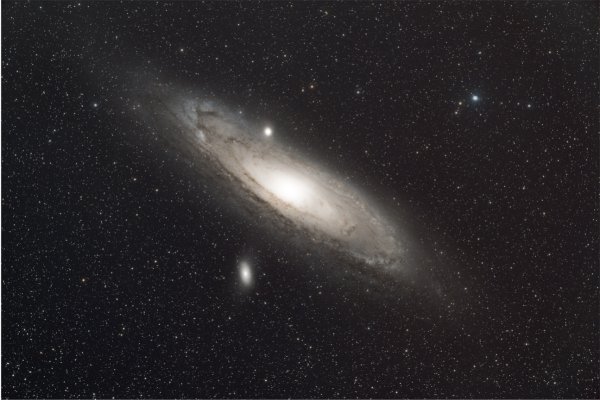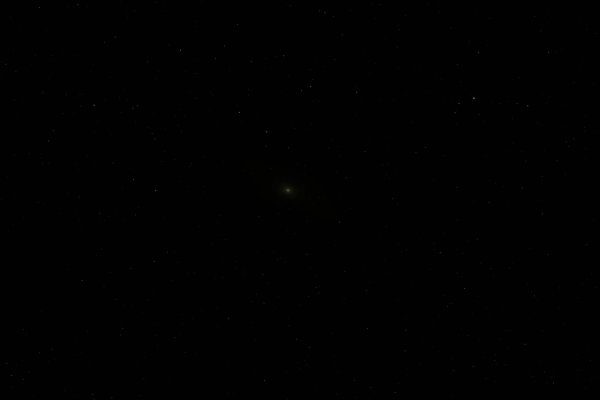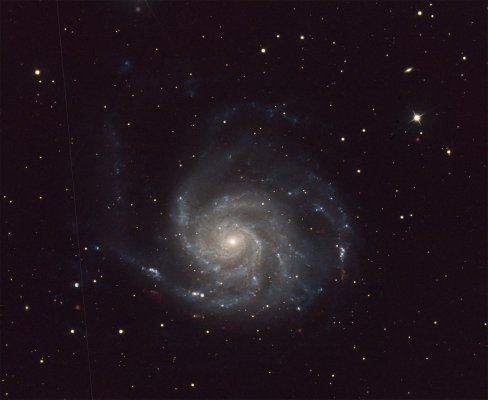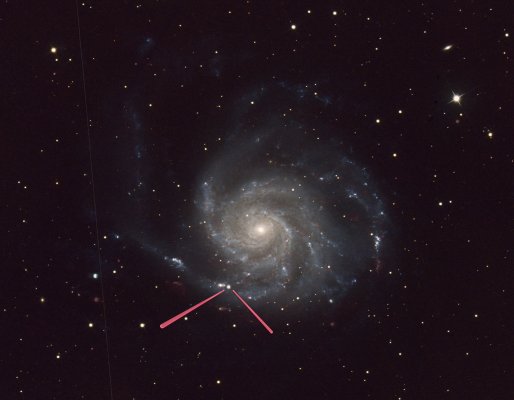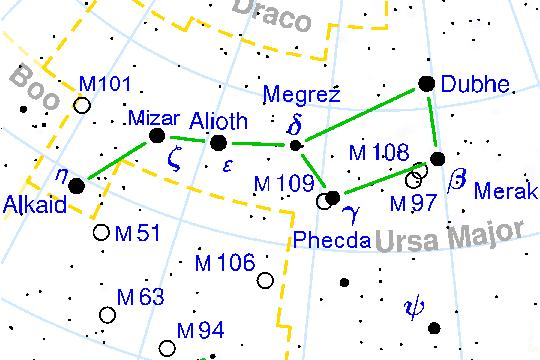donheff
Give me a museum and I'll fill it. (Picasso) Give me a forum ...
I found this old thread and wasn't sure if it made sense to resurrect it or start a new one. New one it is.
In the earlier thread I asked about others who were interested in astrophotography. I had a home built 6" Dobsonian telescope my daughter and I built and took some moon and planet photos with it. Last August, I dug it out of the closet and took some more planetary photos, but I found myself limited because I am solely in DC these days. And my interest has evolved to Deep Space Objects (DSO) like nebulas, galaxies and star clusters.
Unfortunately, to image DSOs I would need a few $K in refractor telescopes, cameras, goto tracking mounts, controllers, a new laptop, etc. Worse, I have concluded that with all the gear in the world it won’t happen here with my tiny window into DC’s light polluted skies. And it won’t happen in the infrequent trips to marginally better skies at friends’ houses. You need a lot of time and the right type of “seeing” to capture these beasts. So, you really do need decent skies where you live.
Enter a guy I met online whose family runs Utah Desert Remote Observatories, in the desert just north of the Grand Canyon where I recently experienced stunning dark (Bortle 2) skies. Their primary business is hosting astrophotography equipment for well-heeled enthusiasts who station their scopes out there and run them with remote control (and a little help from their friends onsite). It turns out they will also lease time on a couple of their own telescopes to desperate wannabes like me trapped in the city.
The first photo, Andromeda, is the result of "my" first remote data capture. Well, sort of mine. I own the image data but could not get it on my own. What I got was a few gigabytes of my remotely gathered images plus a lot of other data to use in processing. The result that you see below is my first effort with lots of fine tuning to come. I used SiRiL, an open source astrophotography program to stack and stretch the image and Gimp for some final edits.
The second photo is a copy of the single “image” that you get after stacking all the photos you took in your time using the telescope (open it, you can just see the galaxy core). Your task, should you choose to accept it, is to tease the galaxy you see above out of the dark. For those of you who process your regular photographs, you have probably seen a histogram that charts how the RGB data is mapped across your viewing space. If space is wasted, you tweak your photo to get it in balance by spreading the histogram out a bit. Well, in astrophotography, the data is all packed into a steep peak at the left, so narrow that you can’t really see it. You have to streeetch the histogram out. That’s most of the effort. And luckily, there are sophisticated open-source tools to help.
This was tremendous fun and seems to have resurrected astrophotography as a viable hobby despite my bright city location.
Edit: My tongue and cheek challenge about editing a dark stacked image does not apply to the little jpg I posted here. That one doesn't have enough resolution to get anything out. But, if anyone want to try it, I can post or send a higher resolution file to play with.
In the earlier thread I asked about others who were interested in astrophotography. I had a home built 6" Dobsonian telescope my daughter and I built and took some moon and planet photos with it. Last August, I dug it out of the closet and took some more planetary photos, but I found myself limited because I am solely in DC these days. And my interest has evolved to Deep Space Objects (DSO) like nebulas, galaxies and star clusters.
Unfortunately, to image DSOs I would need a few $K in refractor telescopes, cameras, goto tracking mounts, controllers, a new laptop, etc. Worse, I have concluded that with all the gear in the world it won’t happen here with my tiny window into DC’s light polluted skies. And it won’t happen in the infrequent trips to marginally better skies at friends’ houses. You need a lot of time and the right type of “seeing” to capture these beasts. So, you really do need decent skies where you live.
Enter a guy I met online whose family runs Utah Desert Remote Observatories, in the desert just north of the Grand Canyon where I recently experienced stunning dark (Bortle 2) skies. Their primary business is hosting astrophotography equipment for well-heeled enthusiasts who station their scopes out there and run them with remote control (and a little help from their friends onsite). It turns out they will also lease time on a couple of their own telescopes to desperate wannabes like me trapped in the city.
The first photo, Andromeda, is the result of "my" first remote data capture. Well, sort of mine. I own the image data but could not get it on my own. What I got was a few gigabytes of my remotely gathered images plus a lot of other data to use in processing. The result that you see below is my first effort with lots of fine tuning to come. I used SiRiL, an open source astrophotography program to stack and stretch the image and Gimp for some final edits.
The second photo is a copy of the single “image” that you get after stacking all the photos you took in your time using the telescope (open it, you can just see the galaxy core). Your task, should you choose to accept it, is to tease the galaxy you see above out of the dark. For those of you who process your regular photographs, you have probably seen a histogram that charts how the RGB data is mapped across your viewing space. If space is wasted, you tweak your photo to get it in balance by spreading the histogram out a bit. Well, in astrophotography, the data is all packed into a steep peak at the left, so narrow that you can’t really see it. You have to streeetch the histogram out. That’s most of the effort. And luckily, there are sophisticated open-source tools to help.
This was tremendous fun and seems to have resurrected astrophotography as a viable hobby despite my bright city location.
Edit: My tongue and cheek challenge about editing a dark stacked image does not apply to the little jpg I posted here. That one doesn't have enough resolution to get anything out. But, if anyone want to try it, I can post or send a higher resolution file to play with.
Attachments
Last edited:

